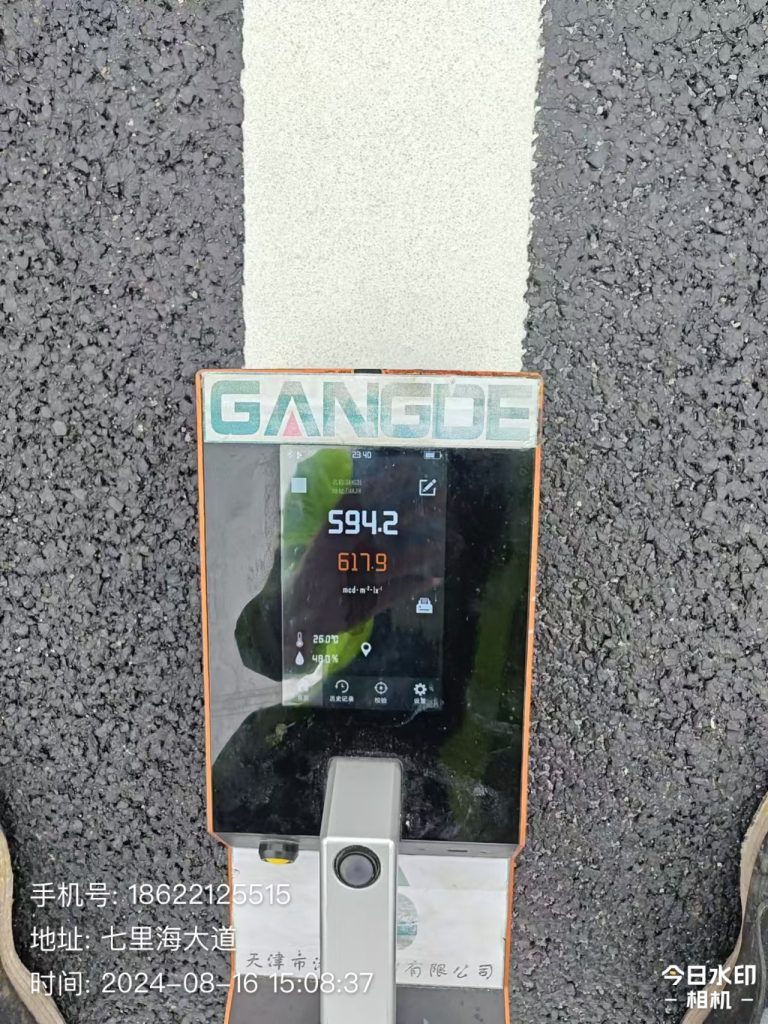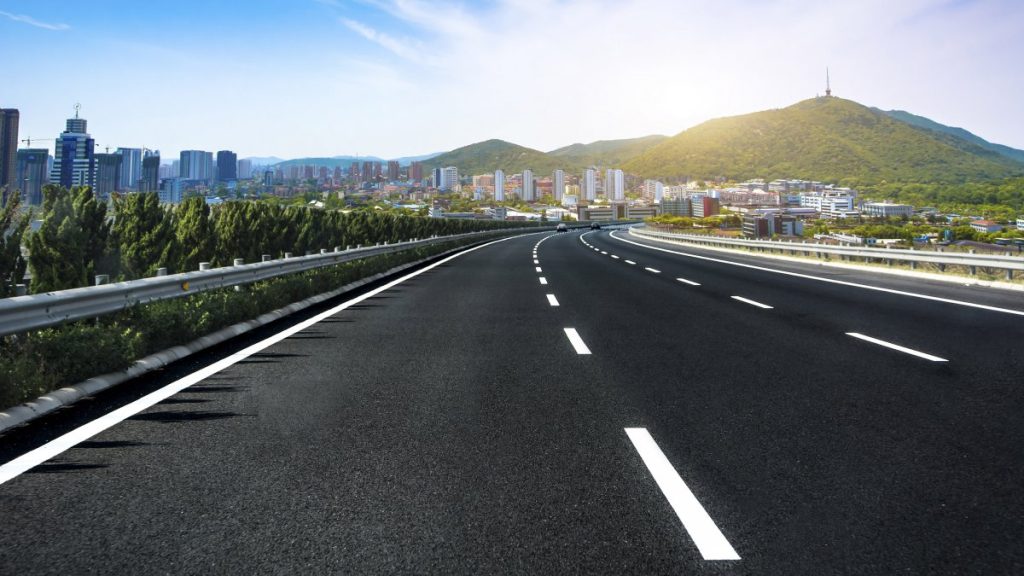Road Marking Paint and Machine Manufacturer
+86-15668659958
Road Marking Paint and Machine Manufacturer
+86-15668659958
Hot melt reflective marking coatings are the main force in road construction, but their construction quality is affected by various factors such as environment, equipment, technology, and materials themselves. As an experienced construction team, understanding common problems and their solutions is the key to ensuring smooth project delivery. This article will outline typical problems that may be encountered during construction and provide practical solutions.

1、 The marking is yellow and not white
Cause of the problem:
Excessive boiling of paint: In construction scenarios such as intersections and factory areas that require frequent start stop, the paint is heated for a long time in the hot melt kettle, causing changes in composition and yellowing.
Excessive melting temperature: Heating temperature far beyond the recommended range is the main cause of paint yellowing.
Pollution of new asphalt pavement: The newly laid asphalt pavement is oily, and when it comes into contact with rainwater or tire rolling, the asphalt oil will contaminate the surface of the marking, causing yellowing.
Moisture absorption of paint: Improper storage can cause the paint to become damp, which can lead to yellowing of the markings after application.
Raw material differences: Mixing coatings from different manufacturers or batches, or due to differences in raw material whiteness, may result in inconsistent colors.
resolvent:
Reasonably plan the construction sequence and minimize the static time of the paint in the kettle. In case of situations where excavation and repair cannot be carried out continuously, higher-level coatings that are more durable can be used.
Accurately control the heating temperature to avoid excessive temperature. Small fire insulation can be used on the way to the construction site.
For new asphalt pavement, it is recommended to wait for a period of time for it to stabilize before construction. Before construction, a simple test can be conducted to check if the road surface is stable.
Ensure that the paint is stored in a dry and well ventilated area. For slightly damp coatings, they can be mixed with a large amount of new materials and used on secondary roads, but safety should be taken into account during boiling to prevent steam burns.
Avoid mixing different products and use products from the same manufacturer and batch to ensure color consistency.
Hot melt reflective marking coating, construction issues of hot melt reflective marking coating

2、 Bubbles appear on the surface of the marking line
Cause of the problem:
Ground moisture: After rain, the road surface is not completely dry or the internal moisture expands due to heat.
Undercoat agent not fully dried: marking was applied without waiting for the primer to fully dry.
The problem with the road surface itself: the modified asphalt or cement road surface is loose, with gaps inside, and when heated, gas escapes to form bubbles.
resolvent:
Strictly ensure that the construction road surface is dry. After rain, sufficient sunlight or artificial heating methods should be used for dehumidification.
Allow sufficient time for the primer to dry based on the ambient temperature and humidity.
For special road surfaces, it can be improved by adjusting the construction material temperature appropriately. Raising the material temperature can increase the leveling of the coating and allow gas to escape, while lowering the material temperature can increase viscosity and suppress bubble formation. It needs to be flexibly controlled according to the on-site situation.

3、 Low inverse reflectance brightness coefficient (inverse value)
Cause of the problem:
Glass bead problem: uneven, excessive or insufficient spreading amount; Poor quality of glass beads (low roundness index and refractive index); Improper selection of particle size.
Improper construction material temperature: Excessive material temperature leads to excessive settlement of glass beads, while insufficient material temperature results in insufficient settlement, both of which can affect the reflective effect.
Uneven thickness of marking: The marking is too thin or uneven in thickness, which affects the adhesion and settlement of glass beads.
Surface contamination: The marking is contaminated with dust and mud before and after drying, covering the glass beads.
resolvent:
Select high-quality glass beads and ensure that the spreading equipment works properly and the spreading amount is uniform. Windproof covers should be installed when the wind is strong.
According to the type of coating and ambient temperature, control the material temperature within the optimal range to ensure that the glass beads have a suitable settling degree.
Adjust the construction equipment to ensure that the thickness of the markings meets the specifications and is uniform and consistent.
Keep the road surface clean before and after construction. Before testing the reverse value, if there is contamination on the surface of the marked line, it needs to be wiped clean with a special cleaning agent.
Hot melt reflective marking coating, construction issues of hot melt reflective marking coating

4、 The marking falls off
Cause of the problem:
Improper road surface treatment: The road surface has dust, oil stains, moisture, or excessive oiliness of the new asphalt pavement.
Usage issues with primer: Failure to apply primer, uneven coating, or incomplete drying.
Low construction temperature: Especially in winter, the temperature loss of the coating from the kettle to the ground is large, resulting in a decrease in bonding strength.
Road base issues: Severe damage, sanding, or smooth special road surfaces such as granite and steel plates.
resolvent:
Before construction, the road surface must be thoroughly cleaned and if necessary, baked with a fire gun to remove moisture and oil stains. The new asphalt pavement needs to be stabilized before construction.
Standardize the application of primer to ensure uniform coverage and complete drying.
Winter construction requires an appropriate increase in material temperature to compensate for heat loss during transportation.
For cement or special road surfaces, it is necessary to apply a special primer. For smooth or easily peeled road surfaces, risks should be communicated with the owner in advance, or other types of marking coatings with stronger adhesion should be recommended.
5、 Marking cracks, not wear-resistant
Cause of the problem:
Off season materials: Coatings formulated for summer use in winter have insufficient flexibility and are prone to cracking and brittleness.
Incomplete melting of coating: The resin properties of the “undercooked” coating are not fully utilized, resulting in brittle markings.
Road foundation cracking: Cracks in the roadbed or old markings reflect onto the new markings.
Insufficient thickness or excessive traffic flow: The markings are too thin or have been crushed by heavy vehicles for a long time, resulting in premature wear.
resolvent:
Use a coating formula that matches the construction season.
Ensure that the coating is thoroughly stirred and completely melted in the hot melt kettle.
Before construction, check the condition of the road surface. For roads with serious cracks in the foundation, they should be dealt with in advance or the risks should be explained to the owner.
Ensure that the markings meet the standard thickness and select high-grade coatings with better wear resistance on heavy traffic sections.
Our company is a professional manufacturer of road hot-melt coatings, road retroreflective measuring instruments, and road marking machines. If you are interested, please feel free to communicate with me via email at any time export@toproadtraffic.com
